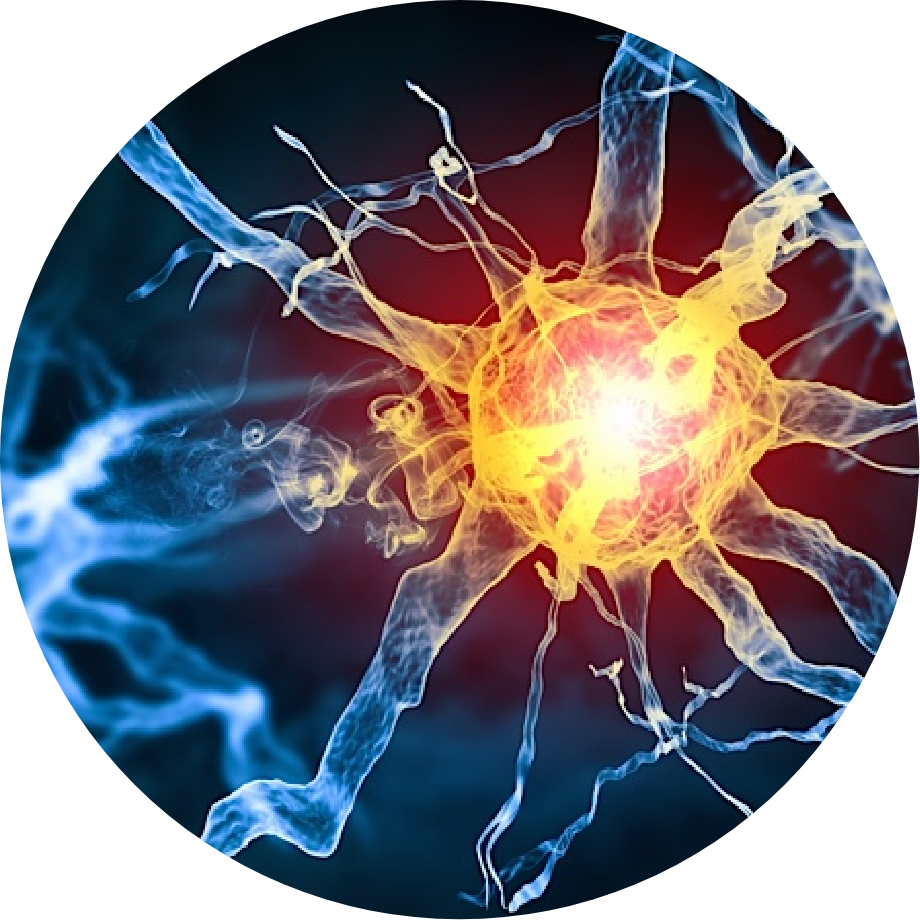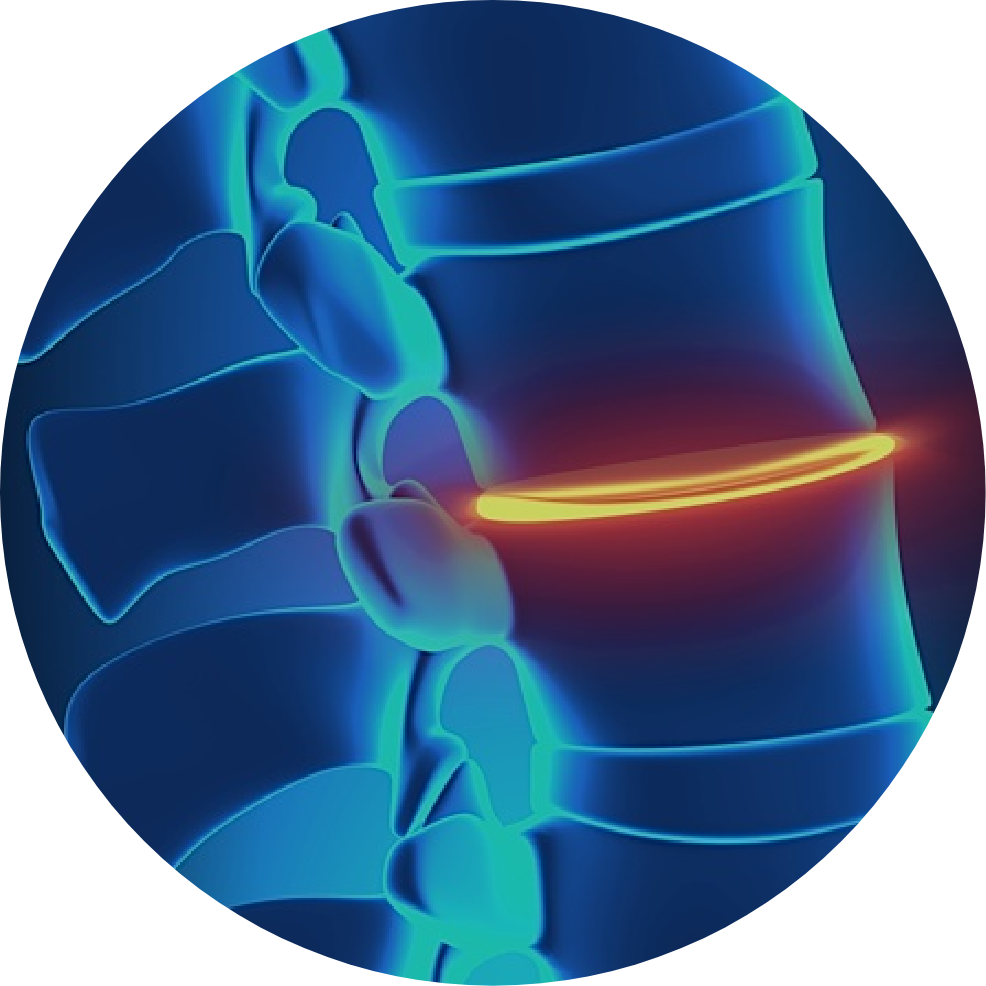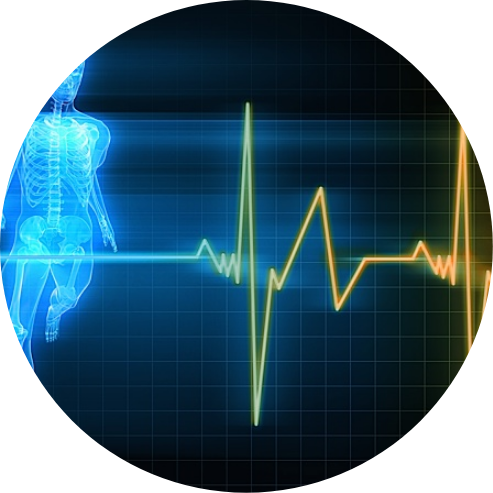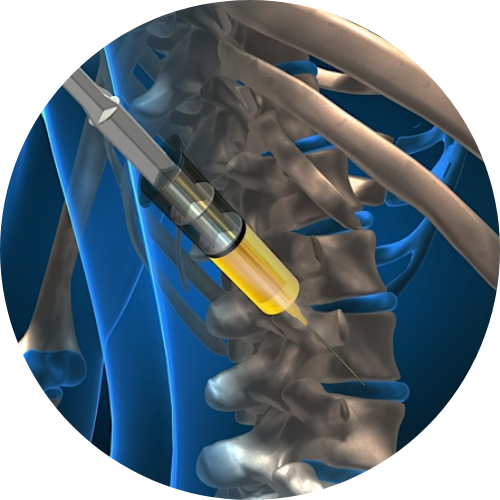We have developed a unique electrical stimulation therapy tool called TANES. This stimulation is applied externally and activates the central pattern generator in the spinal cord, thus producing a very robust walking motion. On it's own, TANES produces a remarkable, but temporary, ability to walk. But the addition of this therapy to our cure treatment has delivered a significant, and permanent,
return of function.




